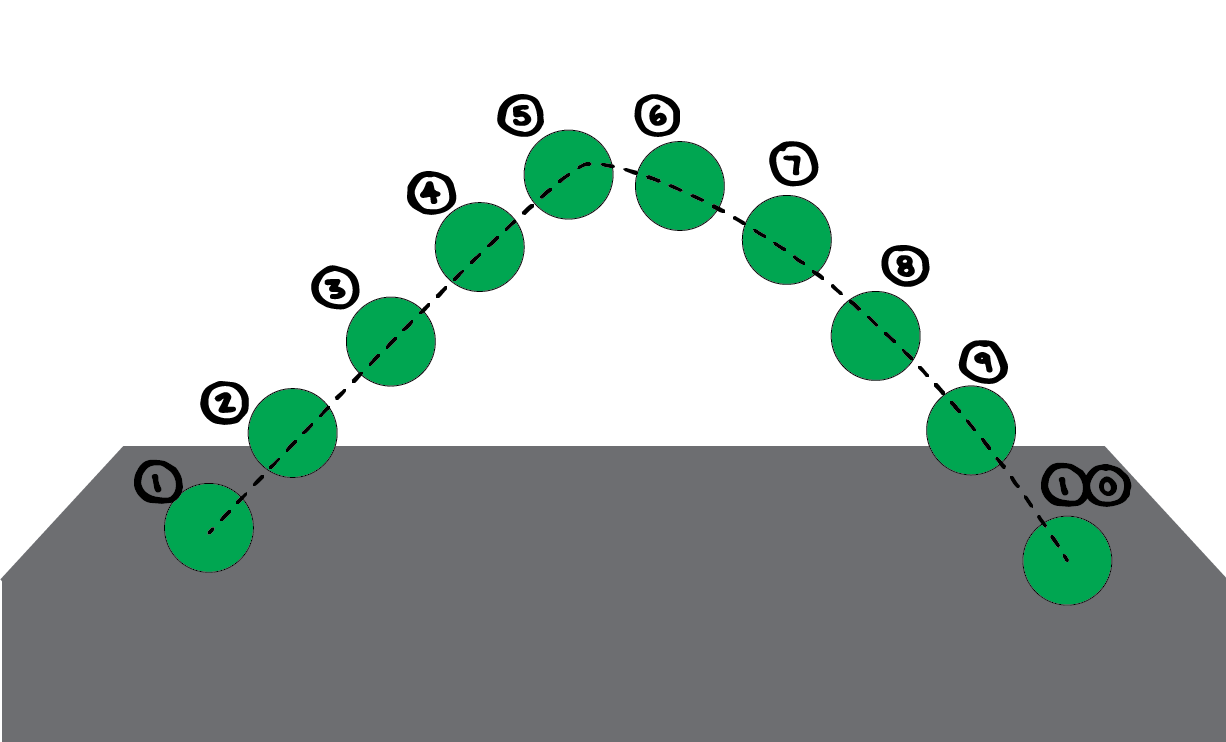Timing and Motion
Timing and Motion is defined as how long it takes for an action to take in place from the beginning to the end. We use the law of physics to add more movements, interest, and realism to the animations. There are three main aspects to follow with timing and motion, being weight size, scaling properties, and emotions.
With weight, two objects can have different sizes from how you adjust their timing. With scaling, smaller and lighter objects are normally faster in motion, whereas bigger and heavier objects are normally slower. Lastly, with emotions, the motion of the character’s speed is adjusted depending if they are relaxed or anxious.
